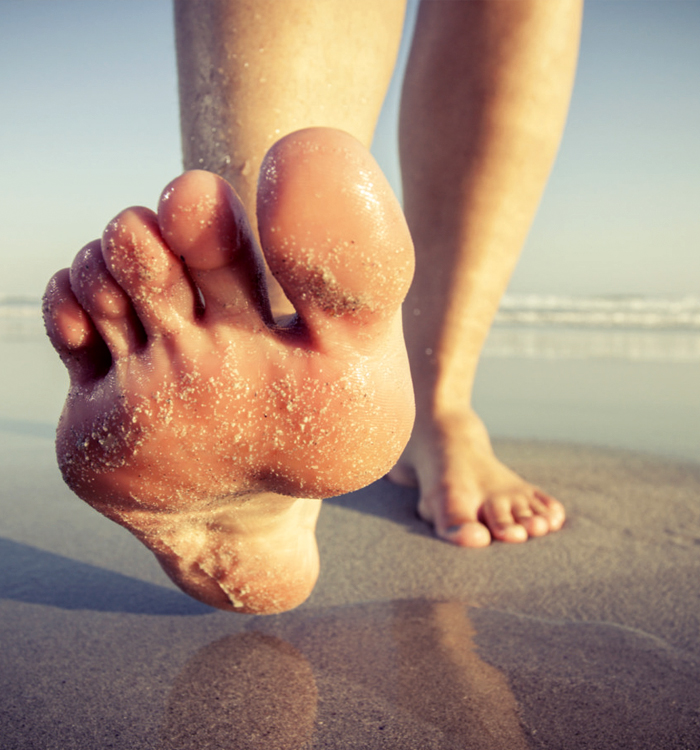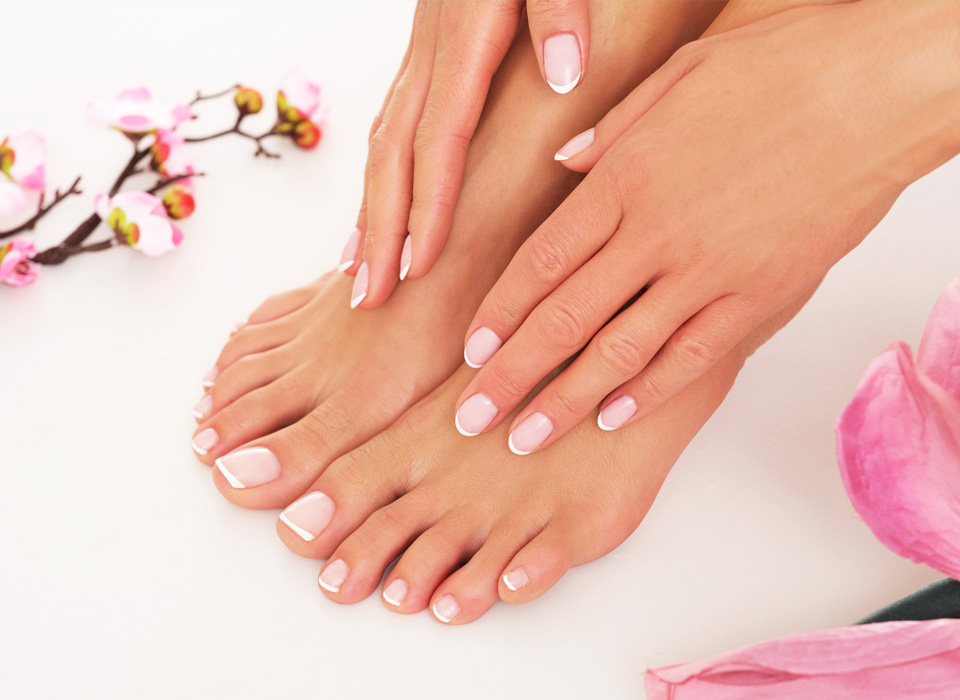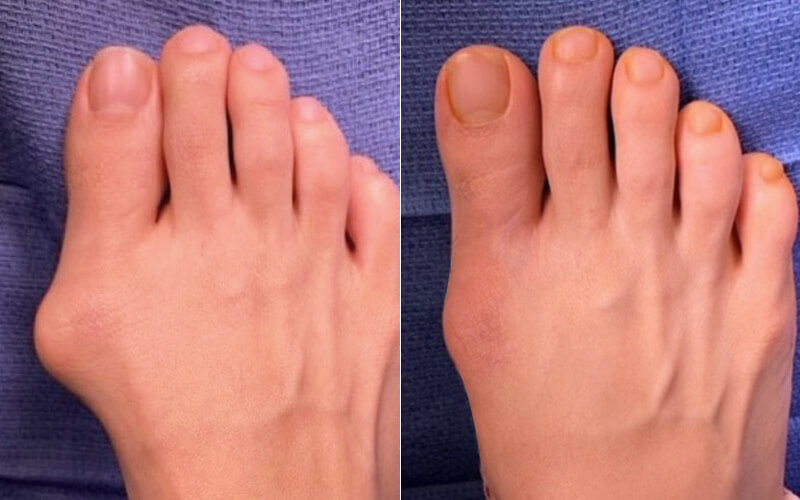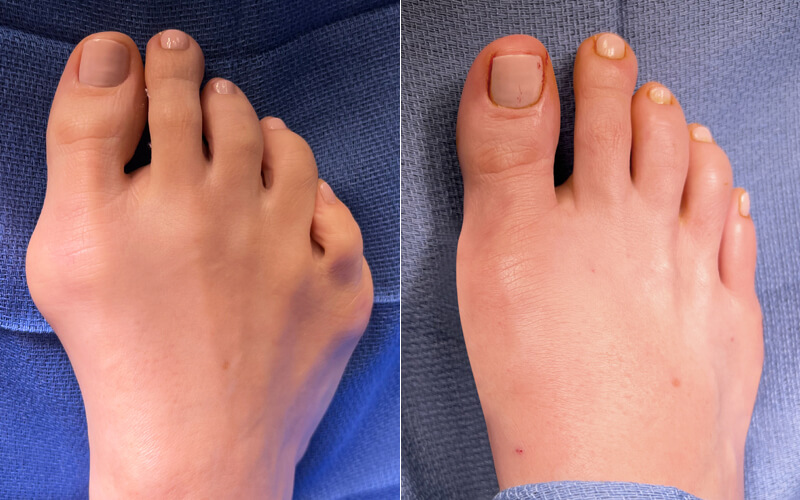Ingrown Toenail Los Angeles – Toenail Treatment Beverly Hills
Ingrown nails, technically termed as onychocryptosis, are one of the most common nail impairments experienced. It is a painful condition where the nail grows into the skin, rather than over it. The corners or sides of the nails dig into the soft tissue of nail grooves, causing pain, irritation, inflammation, and swelling. The big toe is the most commonly affected toenail by this condition, but other toes can also become affected. They are typically seen in adolescent athletes who have repeated injury to the toes.
Sir Arthur Conan Doyle once famously said, speaking as the famous detective Sherlock Holmes, in a Study in Scarlet. Your nails can say a lot about more about you than you think: your habits, anxiety level, and even certain health problems. They are diagnostic tools which provide the initial signal of the presence or onset of systemic diseases.

- White nails with a dark rim is called Terry’s nail, and may be a sign of cirrhotic liver disease.
- Completely white nails that occur later in life may be a sign of several diseases including: liver cirrhosis, chronic renal failure, congestive heart failure, diabetes mellitus, and Hodgkin’s lymphoma.
- Completely yellow nails can occur in patients with serious pulmonary disease and lymphedema.
- Blue discoloration of the nails is called nail bed cyanosis, a sign of poorly oxygenated blood.
- Nail pitting, tiny holes in the nail surface, is a classical sign of psoriasis.
- Brittle nails with cracks or splits, technically termed as onychoschizia and onychorrhexis, are commonly seen in elderly patients.
- Puffy skin around the nails is due to damaged capillaries which can be caused by autoimmune collagen vascular disease.
- Dark lines beneath the nails can be caused by anxiety.
- Nails that have been chewed and gnawed contiuously may indicate an underlying psychiatric disorder.
Causes of Ingrown Toenails:
- Cutting your toenails too short
- Rounding the nail edges
- Wearing poorly-fitting shoes
- Wearing tight hosiery that press the nail into your toe.
- Diabetics are at greater risk of complications from an ingrown toenail
- Ingrown nails commonly occur after an injury, such as stubbing or jamming your toe.
Complications of Ingrown Toenails
- Bacterial Infection
- Fungal Infection
- Cellulitis
- Paronchyia- infection of the nail fold
- Scarring of the nail fold and surrounding skin
How to prevent Ingrown Toenails:
There are several measures which podiatrists recommend when it comes to ingrown toenail prevention:
- Wearing wider-toe shoes
- Avoiding trauma and repeated injury to toenails
- Protecting toes during sports
- Avoiding curving or overcutting toenails too short at the edges
- Soaking toes in warm water
- Diabetics should control glucose levels and monitor their feet periodically

Ingrown Toenail Treatment:
Treatments Dr. Jamshidinia may recommend include:
1. Lifting the nail :
For a slightly ingrown nail that is causing some pain and inflammation but no pus, may be treated by placing cotton, floss or a splint under the edge of the nail to separate the nail from the overlying skin. This helps the nail eventually grow above the skin edge.
2. Partial removal of the ingrown nail:
For a more severe ingrown toenail that is causing severe pain, excess inflammation, and pus like discharge, Dr. Jamshidinia may trim or remove the ingrown portion of the nail. Before this procedure, your toe will be temporarily numbed with a local anesthetic.




